M.L. Abdul Jabbar Sahib v. M.V. Venkata Sastri & Sons (AIR 1969 SC 1147)
Easy English explainer on attestation under Section 3 TPA, valid charge, and rateable distribution.

Quick Summary
This case explains what counts as proper attestation under Section 3 of the Transfer of Property Act, 1882 (TPA). The Supreme Court said that the Sub-Registrar and the identifying witnesses did not sign the bond with the intent to attest (animus attestandi). So, the bond was not “attested” by two witnesses.
Even so, the Court upheld a valid charge created by the decree over the properties. A charge under Section 100 TPA does not need the same formalities as a mortgage. Therefore, the appellant’s encumbrance stood first, and others could not claim rateable distribution under Section 73 CPC.
Issues
- Was the security bond validly attested under Section 3 TPA?
- Did the High Court’s decree create a valid charge on the properties?
- Were the respondents entitled to rateable distribution under Section 73 CPC?
Rules
- Attestation needs intent: Each witness must sign with the intent to attest the execution (animus attestandi).
- Section 3 TPA: At least two witnesses must see the executant sign or receive a personal acknowledgment.
- Section 59 Registration Act, 1908: Sub-Registrar’s signature is a statutory endorsement; it is not attestation unless done with intent to attest.
- Section 100 TPA: A charge may exist without the formal attestation requirements that apply to a mortgage; it can arise by decree.
Facts (Timeline)
See image
Arguments
Appellant
- Registrar and identifiers did not sign as attesting witnesses; no animus attestandi.
- Despite defective attestation, the decree created a valid charge enforceable in execution.
- Sale proceeds should first discharge the appellant’s encumbrance; no rateable distribution.
Respondent
- Signatures during registration should count as attestation.
- If the bond fails, there is no valid charge; sale proceeds should be shared rateably under Section 73 CPC.
- Jurisdictional objection raised to execution by the High Court.
Judgment (Held)
See image- Attestation invalid: The Sub-Registrar signed in discharge of duty under Section 59 Registration Act. Identifying witnesses signed only to confirm identity. They did not sign to attest execution. Hence, only one true attesting witness.
- Charge valid: The decree created a valid charge over the properties. Section 100 TPA does not demand mortgage-like formalities such as attestation.
- Rateable distribution denied: Because the sale satisfied the appellant’s prior encumbrance, others could not claim Section 73 CPC distribution.
- Jurisdiction objection waived: Territorial objection not raised earlier was treated as waived.
- Appeals allowed: Single Judge’s order restored.

Ratio Decidendi
Attestation needs conscious intent to attest. A registering officer’s endorsement is not attestation by itself. A charge under Section 100 TPA can be created without the attestation formalities of a mortgage and may arise through a decree. Therefore, a defective attestation did not defeat the decree-created charge.
Why It Matters
- Clarifies difference between registration and attestation.
- Confirms that a decree-created charge can stand even if a security document fails attestation.
- Guides execution courts on priority vs. rateable distribution.
Key Takeaways
- Intent matters: Witnesses must sign to attest execution, not merely to identify.
- Registrar ≠ Attestor: Sub-Registrar’s statutory signature is not attestation.
- Charge survives: A decree can create a valid charge without mortgage-style attestation.
- Priority first: Encumbrance holder gets paid before any rateable distribution under Section 73 CPC.
- Raise objections early: Territorial jurisdiction objections can be waived if not timely raised.
Mnemonic + 3-Step Hook
Mnemonic: “AIM–C” — Attestation needs Intent, Mortgage rules don’t bind a Charge.
- Spot: Who signed and why did they sign?
- Split: Separate registration acts from attestation acts.
- Secure: If attestation fails, check for a decree-created charge to secure recovery.
IRAC Outline
Issue
Was the bond validly attested under Section 3 TPA? Did the decree create a valid charge? Could others claim rateable distribution under Section 73 CPC?
Rule
Attestation requires two witnesses with animus attestandi. Registrar’s signature under s.59 Registration Act is not attestation per se. A charge under s.100 TPA can exist without mortgage formalities.
Application
Registrar and identifiers signed for registration/identity, not to attest execution. Only one true attesting witness. Yet, the decree created a valid charge, which had priority over other claims.
Conclusion
Attestation invalid; charge valid; no rateable distribution; jurisdiction objection waived; appeals allowed.
Glossary
- Attestation
- Witness signs to confirm the executant signed the document.
- Animus Attestandi
- The intention to attest execution, not just to identify.
- Charge (s.100 TPA)
- A right over property to secure payment; less rigid than a mortgage.
- Rateable Distribution (s.73 CPC)
- Sharing of sale proceeds among decree-holders when conditions are met.
FAQs
Related Cases
Girja Datt Singh v. Gangotri Datt Singh
AttestationExplains strict proof of attestation and the role of witnesses in execution, often cited in will/attestation contexts.
Kaliaperumal Pillai v. Visalakshmi Achi
Execution & AttestationDiscusses when signatures amount to attestation and the intention behind witness signatures.
Share
Related Post
Tags
Archive
Popular & Recent Post






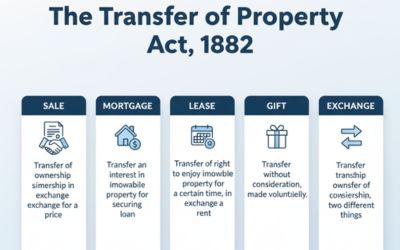
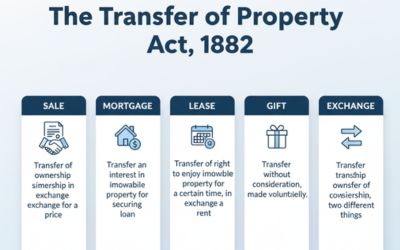

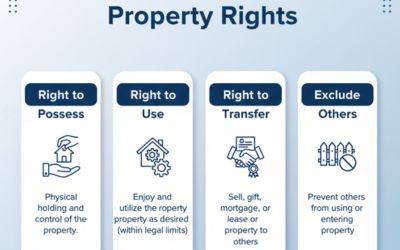
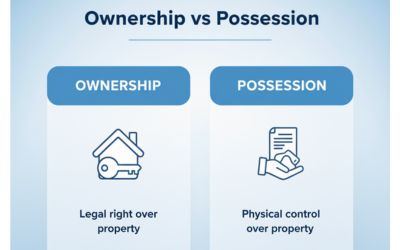

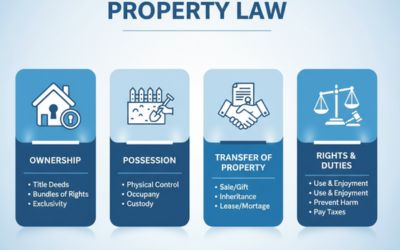



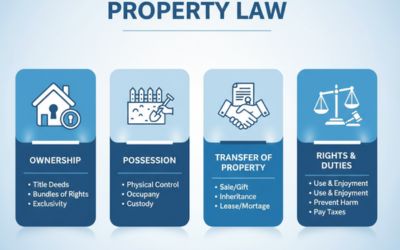
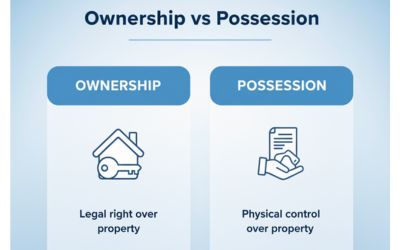
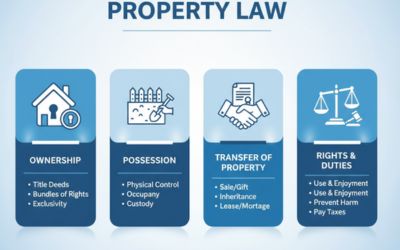
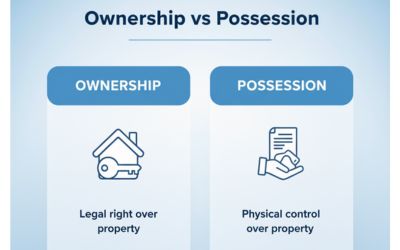



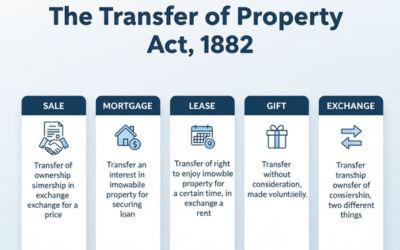
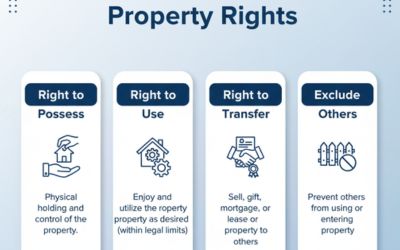


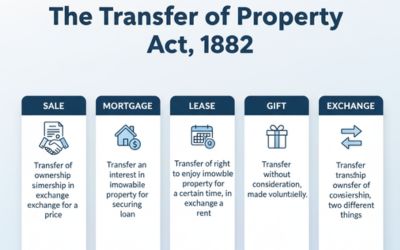






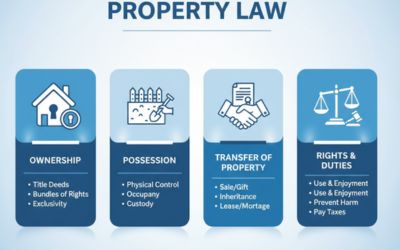


































































































Comment
Nothing for now